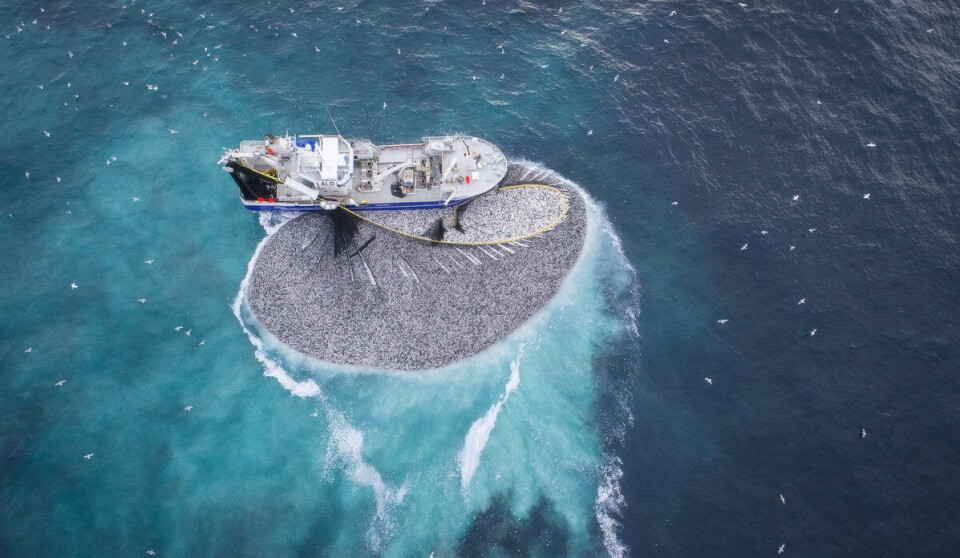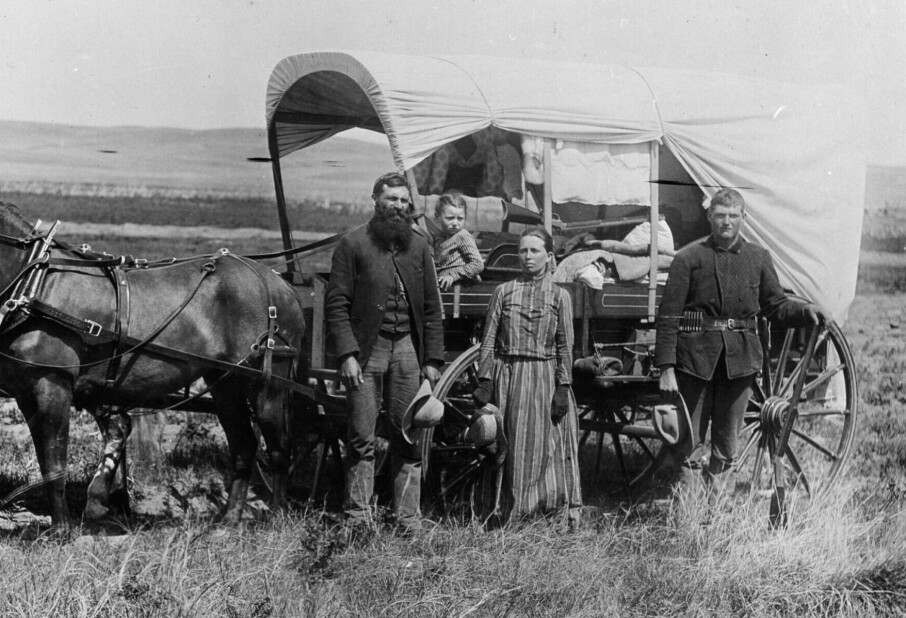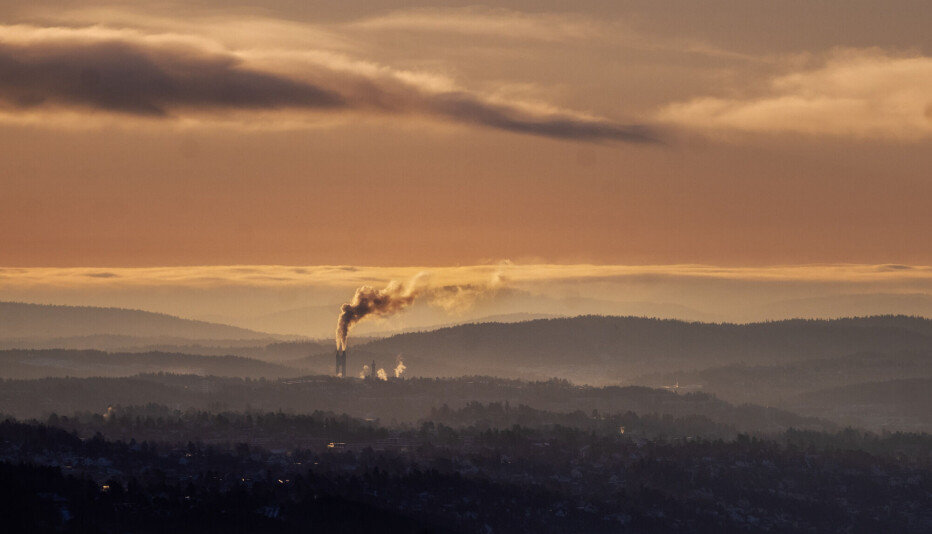THIS CONTENT IS BROUGHT TO YOU BY the Institute of Marine Research - read more
Herring suffered collective memory loss and forgot about their spawning ground
Overfishing likely caused this.

Although it has been migrating to Møre to spawn for a century, the world's largest herring population abruptly moved to Lofoten in 2021, near its overwintering grounds. Since then, it has continued to spawn there.
Now researchers believe they know why.
“There were too few older fish left to show the young herring where they should spawn. The new generation had to improvise,” says marine scientist Aril Slotte.
This was the result of Norwegian spring-spawning herring being overfished from 2017 to 2022 – and of the fishery selectively targeting older fish. Meanwhile, a large herring cohort from 2016 reached sexual maturity.
Schools have a collective consciousness
The study is based on the theory that schooling fish are led by individuals with extensive experience. Newcomers depend on the transfer of knowledge from these mentors.
“By selectively targeting the oldest individuals, we remove collective knowledge from the population. If more of the older herring had survived, they would probably have continued spawning in Møre,” says Slotte.

Old herring deferred to younger ones
The study is based on a huge volume of data. They all point in the same direction (see fact box).
From 2016 to 2023, researchers from the Institute of Marine Research (IMR) tagged 200,000 herring while they overwintered off the coast of Troms. When they were recaptured and delivered to fish landing sites in Norway and Iceland, this was recorded.
The tagging data confirmed that the remaining ‘old herring’ continued to spawn in Møre until the 2016 cohort became the majority in the spawning population after 2020.
All about the school
The old-timers deferred to the youngsters and accompanied them to the new spawning grounds in Lofoten.
“The most important thing to herring is their school. Staying behind by yourself is not an option. They have to follow the school, even if it heads in an unfamiliar direction,” says Slotte.
This may also explain why herring sometimes stray into other stocks, which the researchers also documented in the study.
May affect ecosystems
The northward shift in the herring's spawning grounds means the herring larvae no longer pass the rich seabird cliffs at Røst when they drift with the coastal current to their nursery grounds in the Barents Sea.
“Historically, plentiful access to juvenile herring has meant a successful breeding season for the birds. The new migration pattern could create challenges for seabirds, fish and sea mammals,” says Slotte.
All of the evidence suggests that Møre is also a better spawning ground for the herring, from a purely objective point of view.
The herring population may therefore suffer in the long run by spawning in a sub-optimal area.
Want to protect the mentors
The researchers believe the results show the need to rethink the management of the herring stock.
Today, quotas are given based on the number of tonnes of herring.
Currently, quotas are allocated for a number of tonnes of herring. Large and older fish have greater market value. They are therefore more heavily targeted. They migrate further and are also fished by other nations outside Norwegian waters.
“Now we have demonstrated how important the older fish can be to the population's collective consciousness and cultural heritage. The natural next step will be to look into giving quota advice that takes into account the herring's age structure,” says Slotte.
Large cohorts are few and far between
He does not rule out that the herring might return to Møre to spawn.
“If or when we have another really big cohort, it could come into play again. When the population grows, herring tend to spread out across a wider area to spawn. Then the herring may once again seek out the better conditions in Møre,” says Slotte.
But really big herring cohorts can be few and far between. The population is still dominated by the herring that hatched in 2016, which constitute over half of all adult herrings.
“We are hopeful about the herring cohort that hatched in 2022, which will reach sexually maturity in 2026-27. We are following developments with excitement,” he says.
Reference:
Slotte et al. Herring spawned poleward following fishery-induced collective memory loss, Nature, 2025. DOI: 10.1038/s41586-025-08983-3

This content is paid for and presented by the Institute of Marine Research
This content is created by the Institute of Marine Research's communication staff, who use this platform to communicate science and share results from research with the public. The Institute of Marine Research is one of more than 80 owners of ScienceNorway.no. Read more here.
More content from the Institute of Marine Research:
-
Have researchers found the world’s first bamboo coral reef?
-
Researchers found 1,580 different bacteria in Bergen's sewage. They are all resistant to antibiotics
-
For the first time, marine researchers have remotely controlled an unmanned vessel from the control room in Bergen
-
New discovery: Cod can adjust to climate change – from one generation to the next
-
Researchers have discovered a new deep-sea octopus at a depth of 2,500 metres
-
On the search for a specific parasite, researchers stumbled upon a fish-liquefying parasite instead




































